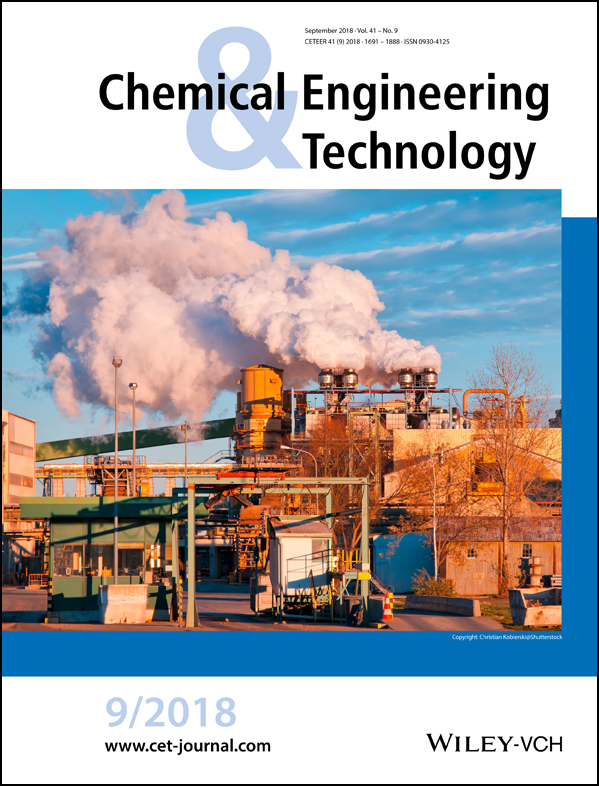Effect of Isomerization on the Reversible Reaction of Hydrogenation-Dehydrogenation of ortho-Terphenyl on a Pt/C Catalyst
Abstract
Reversible catalytic hydrogenation-dehydrogenation reactions of ortho-terphenyl (o-terphenyl) as one of the most promising materials for hydrogen storage were investigated. The conversion of o-terphenyl is 100 % and the selectivity to perhydro-o-terphenyl reaches 99 % in the first cycle of hydrogenation on a commercial Pt/C catalyst. The dehydrogenation process in a flow reactor is accompanied by the formation of isomerization products of o-terphenyl, in particular, exhaustively and partially hydrogenated compounds formed from meta-terphenyl (m-terphenyl) and triphenylene. These substrates are subject to hydrogenation independently during the second hydrogenation cycle, which reduces the selectivity of recyclization of o-terphenyl. Dodecahydrotriphenylene demonstrates a higher reactivity during the second cycle of dehydrogenation compared to perhydro-o-terphenyl. The amount of generated hydrogen is consistent with the kinetic data.




